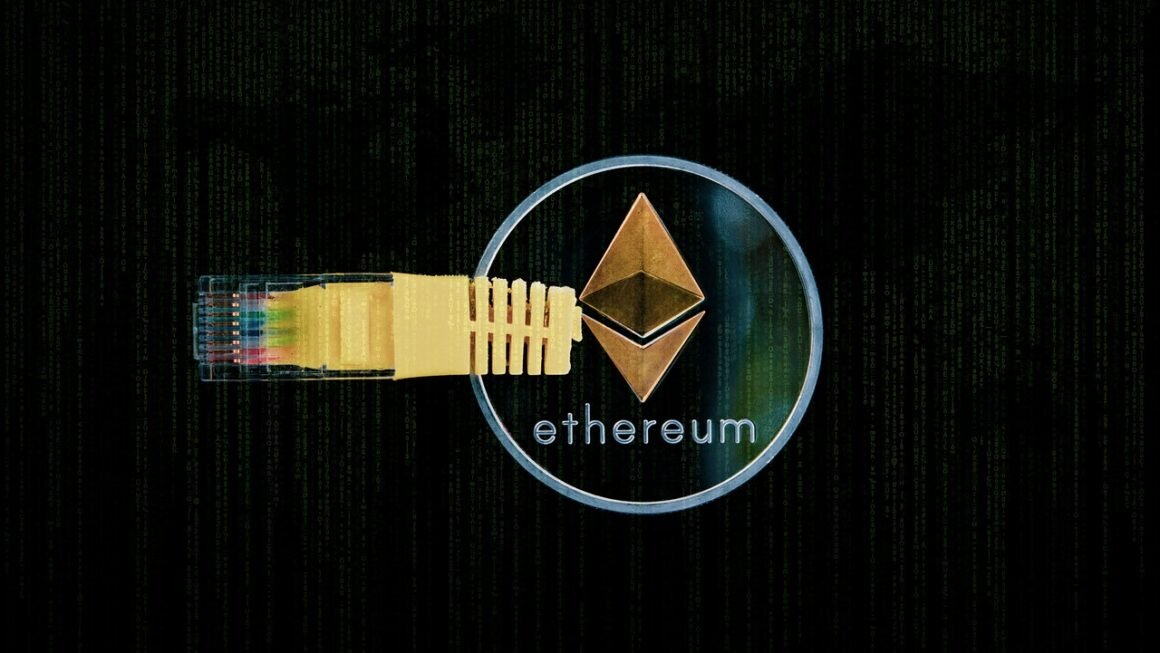Staking has emerged as a popular way to earn rewards and actively participate in the security and governance of blockchain networks. Whether you’re a seasoned cryptocurrency enthusiast or just beginning your journey, understanding the intricacies of staking can unlock new opportunities within the decentralized finance (DeFi) landscape. This comprehensive guide explores what staking is, how it works, its benefits, risks, and provides practical tips for getting started.
What is Staking?
Understanding the Basics of Staking
Staking is the process of holding and locking up cryptocurrency in a digital wallet to support the operation of a blockchain network. In return for staking their tokens, participants receive rewards, typically in the form of additional tokens. It’s akin to earning interest on a savings account, but instead of depositing fiat currency into a bank, you’re locking up your crypto assets to help validate transactions and maintain network security.
Proof-of-Stake (PoS) Consensus Mechanism
Staking is primarily associated with blockchains that use the Proof-of-Stake (PoS) consensus mechanism. Unlike Proof-of-Work (PoW) systems like Bitcoin, which rely on energy-intensive mining to validate transactions, PoS systems select validators based on the amount of cryptocurrency they hold and are willing to “stake.” The more tokens a user stakes, the higher their chances of being chosen to validate transactions and earn rewards.
The Role of Validators
Validators are responsible for verifying and adding new blocks of transactions to the blockchain. When a validator successfully proposes and validates a block, they receive staking rewards. Validators also play a crucial role in maintaining the integrity and security of the network by ensuring that all transactions are valid and comply with the network’s rules.
Benefits of Staking
Earning Passive Income
One of the most appealing benefits of staking is the opportunity to earn passive income. By simply holding and staking your tokens, you can generate rewards without actively trading or managing your crypto portfolio. The annual percentage yield (APY) for staking can vary significantly depending on the blockchain network, the amount staked, and the duration of the staking period.
For example, staking Ethereum (ETH) can yield around 3-5% APY, while other less established cryptocurrencies can offer much higher rates, sometimes exceeding 20% or more. However, higher APYs often come with increased risk.
Contributing to Network Security
Staking directly contributes to the security and stability of the blockchain network. By locking up your tokens, you’re essentially vouching for the integrity of the network and discouraging malicious behavior. Validators who attempt to validate fraudulent transactions risk losing their staked tokens, creating a strong incentive to act honestly.
Participating in Governance
Many PoS blockchains allow stakers to participate in governance decisions. This means that you can vote on proposals to change the network’s parameters, upgrade its features, or allocate funds from the community treasury. This allows token holders to have a voice in the direction of the blockchain’s development.
Enhanced Portfolio Diversification
Staking can serve as a valuable tool for portfolio diversification. By staking a portion of your crypto holdings, you can generate additional income streams and potentially offset losses from other investments. Moreover, staking can provide exposure to different blockchain projects and technologies, further diversifying your investment portfolio.
Risks and Considerations of Staking
Volatility Risk
The value of the staked cryptocurrency can fluctuate significantly, especially in the volatile crypto market. If the price of the staked token decreases substantially, the staking rewards earned may not be enough to offset the losses.
Lock-up Periods
Many staking platforms require you to lock up your tokens for a specific period, ranging from a few days to several months. During this lock-up period, you won’t be able to access or trade your staked tokens. If you need to access your funds urgently, you may incur penalties or lose out on potential trading opportunities.
Slashing
Slashing is a mechanism used by some PoS blockchains to penalize validators who act maliciously or fail to perform their duties correctly. If a validator validates fraudulent transactions or experiences downtime, a portion of their staked tokens may be slashed or confiscated.
Platform Risks
When staking through a third-party platform, such as a cryptocurrency exchange or staking pool, you are entrusting your tokens to that platform. There is a risk that the platform could be hacked, experience technical issues, or even go bankrupt, potentially leading to the loss of your staked tokens.
Illiquidity
As mentioned above, lock-up periods impact the liquidity of your assets. Consider the impact of potentially needing those funds urgently before committing them to a staking contract.
How to Get Started with Staking
Choosing a Cryptocurrency to Stake
The first step is to choose a cryptocurrency that supports staking and aligns with your investment goals. Consider factors such as the APY offered, the lock-up period, the volatility of the token, and the security of the staking platform.
- Ethereum (ETH): One of the most popular cryptocurrencies for staking, offering relatively low APY but high liquidity and strong security.
- Solana (SOL): Known for its fast transaction speeds and high APY, but also more volatile than Ethereum.
- Cardano (ADA): A proof-of-stake blockchain that provides stable staking rewards and a strong community.
- Polkadot (DOT): Offers staking rewards for participating in the network’s parachain auctions and governance.
Selecting a Staking Method
There are several ways to stake your cryptocurrency:
- Direct Staking: This involves running your own validator node, which requires technical expertise and a significant amount of staked tokens.
- Delegated Staking: This is a more accessible option, where you delegate your tokens to an existing validator node. You still earn staking rewards, but you don’t have to manage the technical aspects of running a node.
- Staking Pools: These are platforms that aggregate tokens from multiple users to increase the chances of being selected as a validator. Staking pools typically charge a small fee for their services.
- Centralized Exchanges: Many cryptocurrency exchanges offer staking services, allowing you to stake your tokens directly from your exchange account. This is a convenient option, but it comes with the risk of entrusting your tokens to a centralized entity.
Setting Up a Wallet and Staking Your Tokens
Before you can start staking, you’ll need to set up a digital wallet that supports the chosen cryptocurrency. Some popular wallets include:
- Ledger Nano S/X: Hardware wallets that provide secure offline storage for your crypto assets.
- Trezor Model T: Another popular hardware wallet with a user-friendly interface.
- MetaMask: A browser extension wallet that supports Ethereum and other ERC-20 tokens.
- Trust Wallet: A mobile wallet that supports a wide range of cryptocurrencies.
Once you’ve set up your wallet, transfer your tokens to the wallet and follow the instructions provided by the staking platform or validator to delegate or stake your tokens.
Conclusion
Staking offers a compelling way to earn passive income, contribute to network security, and participate in governance within the blockchain ecosystem. However, it’s essential to understand the risks involved and to carefully consider your investment goals before getting started. By choosing the right cryptocurrency, staking method, and staking platform, you can maximize your potential returns while mitigating potential risks. Always do your own research (DYOR) and start with small amounts to gain experience and confidence before committing larger portions of your portfolio to staking.



